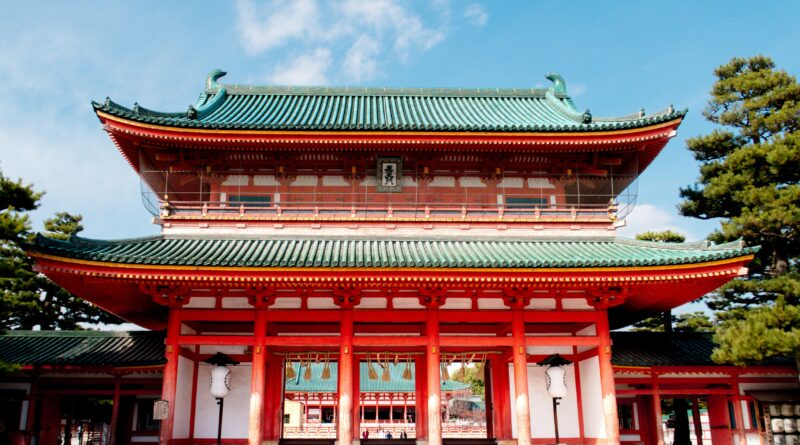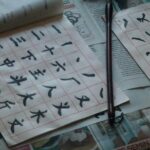Kōbō mo Fude no Ayamari (弘法も筆の誤り – Even Homer Sometimes Nods): Part 2
Kōbō mo Fude no Ayamari: Part 2
弘法も筆の誤り Part 2
The Japanese proverb Kōbō mo fude no ayamari (弘法も筆の誤り) originates from the following anecdote:
「弘法も筆の誤り」ということわざは、ある逸話に由来します。
One day, Kūkai (空海; also known as Kōbō) was requested to write characters on a plaque for the Ōtenmon (應天門) gate in Kyoto.
空海(弘法)は、京都の應天門に掲げる扁額に、文字を入れるよう依頼されました。
However, when the completed plaque was displayed, people found that the first stroke of the character Ō (應) was missing.
しかし、掲げられた扁額を見ると、「應」の文字の一画目が書かれていなかったそうです。
This incident is believed to be the origin of the proverb Kō bo mo fude no ayamari.
これが、「弘法も筆の誤り」ということわざの由来とされています。
It is also said that Kūkai later threw the brush from beneath the gate and successfully added the missing stroke.
空海はその後、門の下から筆を投げつけ、見事に点を打ったとも言われています。




